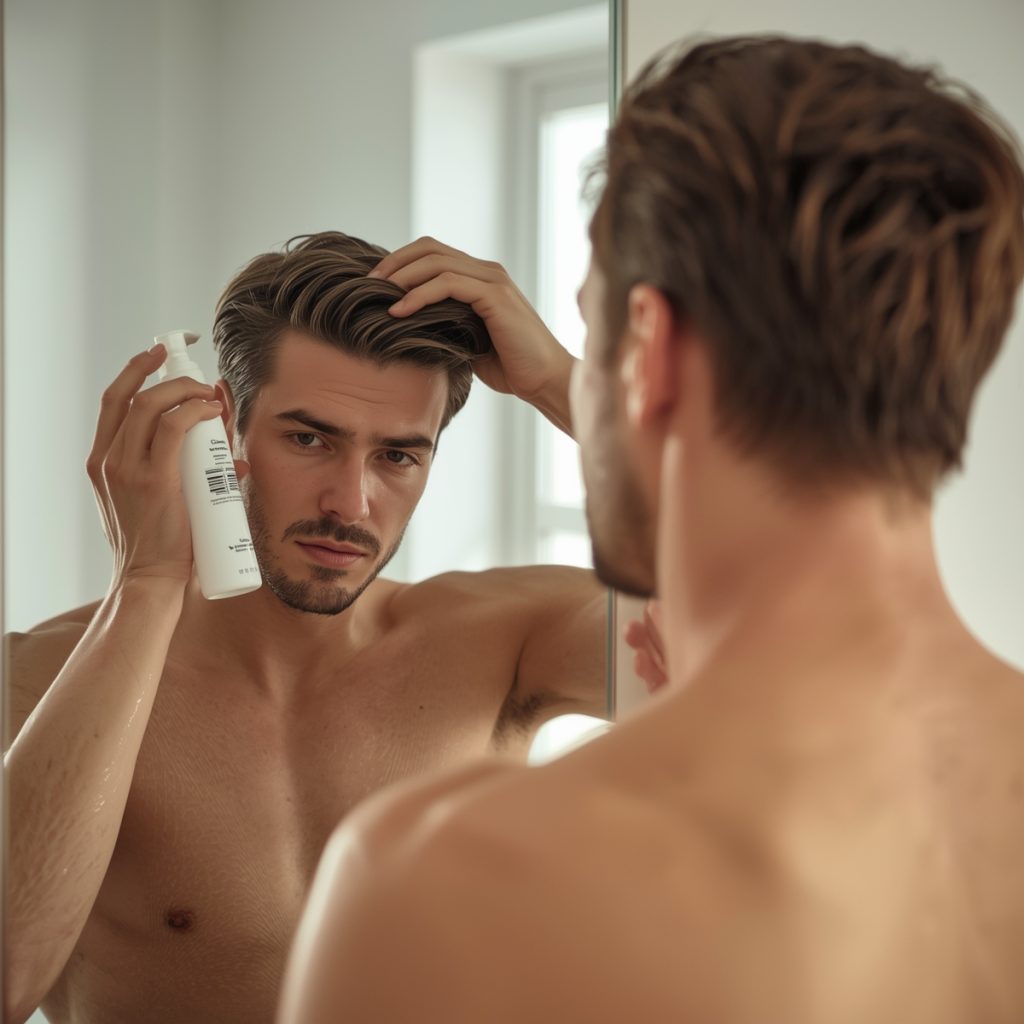Hair Conditioner
Healthy, manageable, and radiant hair begins with a product we often take for granted — the hair conditioner. Whether your hair is dry, oily, frizzy, or chemically treated, a good conditioner transforms it from dull to dazzling. The hair conditioner isn’t just a finishing step after shampoo; it’s an essential part of a complete hair care ritual that seals in moisture, nourishes the strands, and protects them from everyday damage. Over time, consistent use of a hair conditioner helps maintain softness, elasticity, and natural shine, ensuring your hair looks vibrant and full of life.
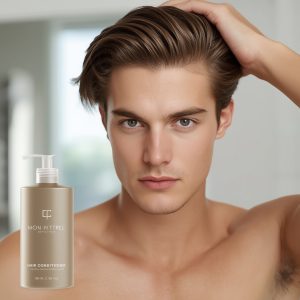
People today face numerous challenges when it comes to hair health — from pollution and heat styling to harsh shampoos and poor nutrition. This is where the hair conditioner becomes your best friend. It works to restore the lost moisture, repair damaged ends, and create a protective coating that shields your locks from further stress. In every sense, the hair conditioner is not just a cosmetic product; it’s a treatment that promotes long-term strength and beauty.
Why Hair Conditioner Matters More Than You Think
Most people underestimate the importance of a hair conditioner because they think shampoo does all the work. But shampoo only cleans — it strips away oil and impurities. Without replenishing moisture afterward, your hair can become brittle, lifeless, and difficult to manage. A hair conditioner reverses that effect by nourishing each strand from the inside out.
A deep hydrating conditioner works like therapy for the hair. It not only adds smoothness but also enhances the cuticle layer’s ability to retain moisture, leading to long-lasting softness. Moreover, using a lightweight conditioner for daily use can prevent tangling and split ends, making your hair easier to style and maintain.
One of the most remarkable benefits is the strengthening conditioner effect. It helps restore protein and elasticity to your strands, which reduces breakage and supports healthier growth. Sealing the outer layer of your hair protects against heat styling and UV exposure.
A hair conditioner also enhances natural shine, giving dull and dry hair a glossy appearance. Regular use can even improve scalp health, reducing irritation or flakiness. This multi-dimensional care ensures that your hair not only looks good but also feels healthy and strong.
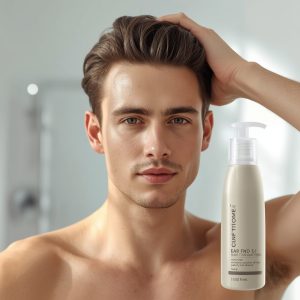
Different Types of Hair Conditioners and Their Unique Benefits
There isn’t a one-size-fits-all approach when it comes to choosing the right hair conditioner. Each hair type has its unique needs — and that’s why there are different formulations available for specific concerns.
1. Moisturizing Conditioner
Perfect for dry or frizzy hair, this type of hair conditioner replenishes hydration and smooths rough cuticles. The best moisturizing formulas are rich in natural oils like argan, coconut, or jojoba, which penetrate deeply into each strand.
2. Volumizing Conditioner
A volumizing conditioner is designed for fine or thin hair. It’s lightweight and boosts the body without weighing down the roots. This type helps maintain bounce and fullness, making your hair appear thicker and more vibrant.
3. Repairing Conditioner
If your hair has suffered from coloring, straightening, or heat styling, a repairing conditioner helps restore structure and strength. It’s enriched with keratin, proteins, and amino acids that rebuild damaged fibers, leaving your hair soft yet resilient.
4. Color-Protecting Conditioner
Colored hair requires special care to maintain vibrancy. A color-protecting conditioner locks in pigments and shields hair from fading due to sunlight or harsh shampoos. It helps color-treated hair stay rich, glossy, and beautiful.
5. Leave-In Conditioner
Unlike regular rinse-out conditioners, a leave-in conditioner provides extended protection. It helps detangle, hydrate, and guard against pollution and UV damage throughout the day.
Using the right hair conditioner tailored to your needs can dramatically change the way your hair feels and behaves. It’s about understanding what your hair craves and feeding it the nutrients it deserves.
How to Use Hair Conditioner the Right Way
Even the best hair conditioner won’t deliver its full potential if not used correctly. Here’s the step-by-step guide to ensure you’re getting the maximum benefit from your conditioner routine.
-
Start with a clean scalp: Always shampoo your hair first to remove dirt and oil buildup.
-
Apply evenly: Squeeze out excess water from your hair, then take a generous amount of hair conditioner and spread it evenly from mid-length to the ends. Avoid applying it directly to the scalp to prevent greasiness.
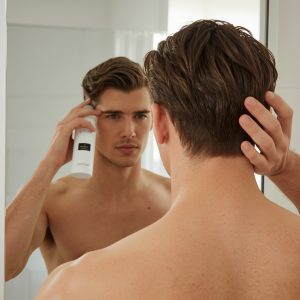
-
Let it sit: Leave the conditioner on for 2–3 minutes. For deeper hydration, you can leave it for 5–10 minutes.
-
Rinse properly: Use cool or lukewarm water to wash off the conditioner. Hot water can strip away essential moisture.
-
Towel dry gently: Pat your hair dry instead of rubbing it. Rough drying can damage the cuticle layer and undo the benefits of the hair conditioner.
For even better results, try a weekly deep conditioner or intensive hair mask treatment to provide an extra dose of nourishment.
Key Ingredients That Make a Conditioner Effective
A great hair conditioner depends heavily on its ingredients. Knowing what’s inside helps you make smarter choices for your specific hair needs.
-
Keratin: Rebuilds and strengthens damaged strands.
-
Coconut oil: Deeply hydrates and adds shine.
-
Argan oil: Provides softness and fights frizz.
-
Shea butter: Smooths the hair and locks in moisture.
-
Aloe vera: Soothes the scalp and promotes natural balance.
-
Panthenol (Vitamin B5): Adds elasticity and shine.
-
Hydrolyzed proteins: Help repair broken hair fibers.
When choosing a hair conditioner, always check for natural oils, vitamins, and proteins — and avoid parabens, sulfates, or silicones that may cause buildup or dryness.
Common Mistakes People Make When Using Hair Conditioner
Even though applying hair conditioner sounds simple, many people unknowingly misuse it. These mistakes can prevent you from experiencing its full benefits:
-
Using too much: Over-conditioning can make hair greasy and limp.
-
Applying to the scalp: Conditioners are meant for strands, not roots.
-
Rinsing too soon: Give the product time to absorb before washing out.
-
Skipping conditioner: Never skip it, even if your hair feels fine after shampooing.
-
Ignoring product buildup: Clarify your hair occasionally with a cleansing shampoo.
Avoiding these pitfalls ensures your hair conditioner works effectively and keeps your hair healthy, smooth, and strong.
The Science Behind Hair Conditioner
At the core of every hair conditioner lies fascinating chemistry. Conditioners contain cationic surfactants — ingredients that carry a positive charge. Since hair strands are negatively charged (especially when damaged), these surfactants are naturally attracted to them, helping smooth the cuticle and reduce friction.
When you apply a hair conditioner, these molecules coat the hair, making it sleek and manageable. This not only improves texture but also prevents breakage and tangles. The science behind conditioners proves that hydration, protection, and shine aren’t just aesthetic outcomes — they’re a result of real molecular balance.
Benefits of Using Hair Conditioner Regularly
Using a hair conditioner consistently transforms your hair over time. Some of the lasting benefits include:
-
Restores natural shine and smoothness.
-
Prevents split ends and breakage.
-
Reduces tangling and frizz.
-
Improves manageability and elasticity.
-
Protects from heat and UV damage.
-
Maintains moisture and prevents dryness.
-
Supports healthier, stronger growth.
A hair conditioner truly works as a beauty shield — defending your strands from all kinds of external damage while enhancing their natural texture and glow.
Choosing the Right Hair Conditioner for Your Hair Type
Here’s how to select the perfect hair conditioner based on your hair’s unique characteristics:
-
Dry hair: Go for deeply hydrating formulas rich in oils.
-
Oily hair: Use lightweight, balancing conditioners that add volume.
-
Curly hair: Try creamy, nourishing conditioners that define curls.
-
Fine hair: Choose volumizing conditioners that won’t weigh hair down.
-
Color-treated hair: Opt for sulfate-free and color-protecting versions.
-
Damaged hair: Look for repairing conditioners with keratin and proteins.
The right hair conditioner not only meets your needs but also elevates your overall hair health.
Expert Tips for Maximum Hair Conditioning Results
-
Use cold water rinses to lock in shine.
-
Combine your hair conditioner with a matching shampoo.
-
Avoid heat styling immediately after conditioning.
-
Trim split ends regularly for better results.
-
Use a wide-tooth comb to distribute the conditioner evenly.
-
Once a month, try a deep moisturizing conditioner for a salon-like effect.
These small but effective habits ensure your hair receives the full spectrum of benefits your hair conditioner can offer.
Conclusion
A hair conditioner is more than just a beauty step — it’s an investment in your hair’s long-term health and resilience. It transforms dull, lifeless strands into silky, manageable locks while protecting them from future damage. Consistent use ensures your hair stays soft, shiny, and full of life.
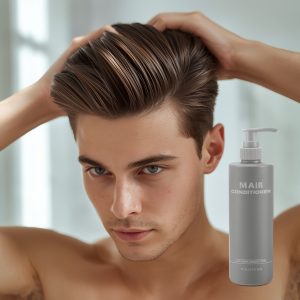
Whether you prefer a deep repair conditioner, a lightweight daily conditioner, or a color-protecting conditioner, the secret lies in choosing wisely and applying it correctly. So next time you step into your shower, remember that your hair conditioner isn’t just an afterthought — it’s your ultimate key to radiant, salon-quality hair every single day.

